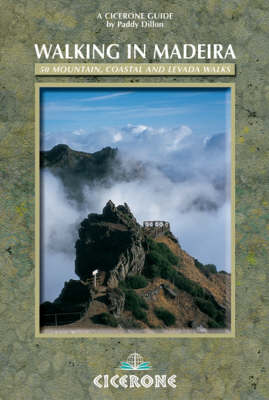Cicerone International Walking S.
2 total works
Rising steep and rocky from the Atlantic Ocean, Madeira is a compact and mountainous island. Criss-crossed by a network of old paths and tracks, it is remarkably accessible and scenic. Enjoying a sub-tropical climate, it is suitable for year-round walking. As a result of volcanic activity it can be steep, but high ridges and the cliffs of its Atlantic coast are always in view. Water is conveyed around the island in flower-fringed lavadas, their banks offering anything from a gentle stroll to an exposed cliff walk. There are wooded valleys, rocky slopes, cultivated terraces and impressive cliffs to explore. The people are unfailingly friendly. The wine is excellent. This guidebook includes a rich and varied selection of walks on Madeira, and also covers the neighbouring island of Porta Santo.
The seven volcanic Canary Islands lie just over 100 miles off the coast of Africa and have a sunny, hot climate with little rainfall and snow only on the highest peaks, crowned by El Teide, Spain's highest mountain at an impressive 3718 metres. Although the islands are often very rough and rocky, with high and often inaccessible cliffs, they are also criss-crossed with tracks and paths that offer many interesting walking routes. Much of the landscape is astoundingly beautiful and it is easy to escape the busy holiday resorts. There are mountain ridges and peaks to climb; deep and rocky barrancos to explore; extensive forests of pine and ancient 'laurisilva' woodlands; flowery hillsides, rugged cliff coastlines, and cultivated terraces bearing all manner of fruit and vegetables. This guidebook includes a rich and varied selection of 50 walks on the islands of Tenerife, La Gomera, La Palma and El Hierro. A companion volume ("Canary Islands 2: East") includes 50 more walks on the islands of Gran Canaria, Fuerteventura and Lanzarote.

